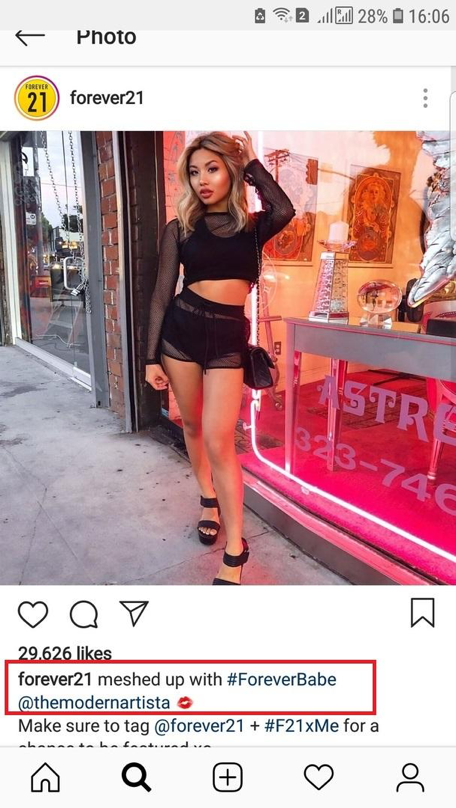Some people wrongly believe that there is no difference between marketing and branding. The truth is that these terms do not substitute, but complement each other.
Marketing deals with the product design, placement, price, and promotion, while branding is all about crafting a unique product name and image. If you doubt that your marketing strategies match your brand goals, it’s time to check whether your assumptions are true.
Mission
First step to build a strong brand is to create a clear mission, which distinguishes your company from competitors. Try to answer two important questions: what is the primary goal of your business, and how does your product or service benefit the customers and society? The goal to get a 1 million profit doesn’t work here.
If your company develops new pills, your mission could be “to fight specific disease and improve the nation’s health”. If you sell the tights, the mission of your business could sound like this: “We want to make every woman feel confident and sexy.”
Naming
Name of your company and product should have a connection with the brand and business sector. When potential clients hear a brand name for the first time, they should intuitively guess which industry it represents.
For example, if your brand name is AquaLife, people will immediately understand, that you offer water filtration systems or some similar services. If your firm is pretty small, it’s better to avoid choosing long abbreviation like “PGNAW” or widely-used words like “Victory”. They tell nothing about the uniqueness of your products.

Logo
When you implement your marketing strategy, you widely use a visual element of your brand – a logo. For this reason, you should choose its shape, colors, and texture wisely. You should try your best to express a core message of your brand in a tiny visual element.
Take a closer look at the Pensacola Humane Society logo. It consists of three overlapping images: a paw, a group of people and a heart. It’s not difficult to guess that this non-profit organization searches for the kind-hearted socially responsible people, who love pets and ready to adopt them.

Target Audience
Every brand must be linked with the preferences and expectations of the target audience. If your marketing strategy relies on the demographic analysis only, your company will fail. You should try to understand why one 20 years old student prefers to buy the books at the bookshop and another one to download eBooks from the Internet.
Your company should find a concrete niche and apply micro-targeting strategy. The more you know your clients, the better you can manage your business.
Point of Sale
Distribution of the product should not contradict to the concept of the brand as well. For instance, you shouldn’t sell the natural fur coats at a shopping mall located in front of the animal rights activists’ office.
It’s important to choose a point of sales located closer to the target audience. Customers should be able to find where to buy your product fast and easily. For this reason, whether you manage brick-and-mortar or ecommerce store, you should design a great website to grow your online presence.
Pricing Strategy
Do you produce luxury bags or hats, which cost more than $2000? Then your target audience consists of very wealthy people, who can afford to buy such expensive accessories. In this case, a high price is a crucial element of the brand image.
For this reason, you should never ever offer 70% discounts or throw a big sale. If more people will be able to buy your products, your major target audience will lose interest in your company. CEO of a multinational corporation wants to own a 100% unique hat, and she will be deeply disappointed if a barista from Starbucks wears the same hat.
Social Media
Social media marketing strategy should also convey to your brand goals. It’s important to write posts in a manner, which appeals to a specific target audience.
Let’s compare Instagram posts made by Forever21 and JimmyChoo. The first company communicates with the followers in an informal friendly tone. Forever21 offers followers to use hashtag #ForeverBabe, and Millennials find a word “babe” appropriate and funny.

Obviously, this approach is not applicable to JimmyChoo brand. Luxury shoe company sticks to the formal language and refined tone. Marketers polished every word to transform a regular post into a bit of valuable advice from a fashion expert.
Moreover, Forever21 reposts the followers’ photos to bring a brand closer to consumers. This company doesn’t pay a lot of attention to the image quality. In contrast to it, JimmyChoo publishes only high-resolution professional photos, which demonstrates the elegance, glamorousness, and luxuriousness of the brand.

Valuable Feedback
Your business will grow, if you will appreciate every customer and review the feedback carefully. Whether comments are positive or negative, they play crucial role in a company development.
The CEO of PickWriters, states: “Analyzing feedback, you can get a clear view of what your target audience really thinks about your product. It’s the easiest way to understand whether company’s marketing strategy matches the branding goals.”
Customers’ reviews help to define the weaknesses of the current strategy. Problem identification is the first step in problem solving, so it drives improvements.
Consistency
Your company should become an honest and transparent market player. You should make clients aware of the ingredients or parts used in manufacturing as well as disclose the names of your suppliers and collaborative partners. Brand should reflect the company’s mission, vision, and principles across every interaction with a target audience.
If you tell people that your company is “green”, you should prove this fact in a practice. Do you really utilize eco-friendly boxing and invest in environmental protection programs? In case, if your company hasn’t switched to sustainable materials yet, it’s time to implement these changes.
Final Thoughts
There is no company in the world, which was able to achieve success without building a strong brand. If you have just found out that your marketing strategy does not match your branding goals, don’t waste your precious time worrying about that. You can fix everything!
You should postpone your non-urgent tasks, and start working on marketing strategy improvement right now. Try to correct existing mistakes and find new opportunities for effective brand promotion.



